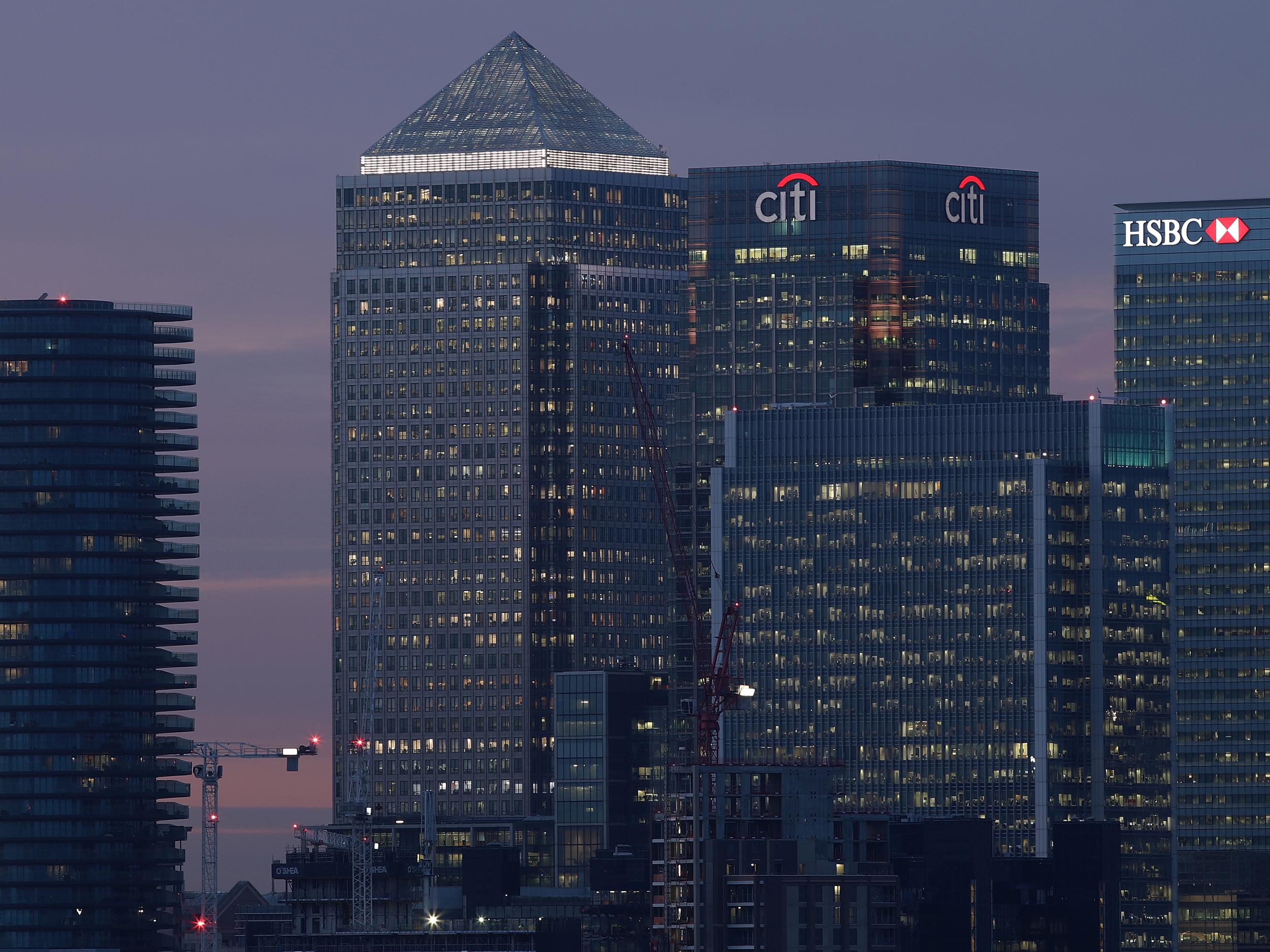State-backed banking tops the charts as high street offers plummet
Covid-19 turns the tide for NS&I seeking cash to help fund the nation

Your support helps us to tell the story
From reproductive rights to climate change to Big Tech, The Independent is on the ground when the story is developing. Whether it's investigating the financials of Elon Musk's pro-Trump PAC or producing our latest documentary, 'The A Word', which shines a light on the American women fighting for reproductive rights, we know how important it is to parse out the facts from the messaging.
At such a critical moment in US history, we need reporters on the ground. Your donation allows us to keep sending journalists to speak to both sides of the story.
The Independent is trusted by Americans across the entire political spectrum. And unlike many other quality news outlets, we choose not to lock Americans out of our reporting and analysis with paywalls. We believe quality journalism should be available to everyone, paid for by those who can afford it.
Your support makes all the difference.Even a few months ago, if you had revealed plans to stash your cash in premium bonds, you might have been asked if you were feeling OK.
After years of creeping cuts to prize money, they were far from the top choice for savvy savers. But that was then, and the world has been turned on its head.
By April, as savings rates started to slide in response to the economic fallout from Covid-19, more of us, perversely, found ourselves with accidental savings. We Brits were handing back £1.5bn of our money a month to the government by way of NS&I’s premium bonds.
We snapped them up faster than at any time since December 2006, when a special 50th-anniversary draw with five £1m pound winners drew in just over £2bn worth of bonds.
“With many savings rates plummeting in recent months, and NS&I bucking the trend by cancelling its planned rate cut, it’s no surprise that people are flocking to premium bonds,” says Helen Saxon, banking editor at MoneySavingExpert.com.
“NS&I is also top of the table for easy-access savings rates at the moment with its 1.16 per cent income bonds. This is unusual, as NS&I’s state-backed status means it’s not really meant to sit at the top of tables offering rates the commercially-owned competition can’t hope to match.
“With the state’s furlough and self-employed support schemes having paid out more than £20bn so far, it’s likely NS&I has been told to raise more cash through its savings products and premium bonds to cover some of this borrowing,” she adds.
“If you do have money to save and you’re looking for a decent rate and thinking about premium bonds, it’s important to remember that the advertised 1.4 per cent prize rate is just an indication, and it’s possible you could win absolutely nothing. But, with savings languishing at very low rates, if you’re happy to take a chance then premium bonds aren’t currently a bad place to put your money.”
In fact, NS&I’s commercial competitors are probably preparing for even more rate cuts, according to analysis by Moneyfacts, which would echo the effects of other historical events like the 2008 financial crash and the launch of the disastrous Funding for Lending Scheme (FLS) in 2012.
“It’s clear to see that savers can feel the force of cuts three months on from a significant event, so if savers haven’t already, they are more likely than not to see cuts in the weeks to come,” says Rachel Springall, finance specialist at Moneyfacts.co.uk. She warns that savers putting money away in the short term will need to act quickly: “This expectation should jolt savers in action, so we could well see a summer of switching.”
The average return on easy access accounts, which are a firm favourite for savers, has fallen to a record low of 0.30 per cent and, as it stands, the average rate offered on one-year fixed bonds is also heading to a record low.
“It appears that savers’ appetite for longer-term fixed bonds could wane in light of the choice and returns available,” Springall adds, pointing to the average longer-term fixed bond rate of just 1.32 per cent today compared with 3.81 per cent the day the FLS launched in 2012.
“The financial crash in 2008 and the launch of FLS had catastrophic effects on the savings market and the latest shake-up caused by the coronavirus pandemic should not be taken lightly.”
On 11 March this year, the average rate on a five-year bond or longer was 1.62 per cent. Today that has fallen to 1.32 per cent. The average notice account rate, which was only offering 1.01 per cent in March has now dropped to 0.73 per cent.
By comparison, back in September 2008, the average one year bond was offering a heady 6.17 per cent, which had plummeted to just 3.86 per cent by December that year. At the same time the easy access rate, which was up at 3.90 per cent, had almost halved just three months later to 2.18 per cent as the financial crash took hold.
“Savings providers have less reason to improve their range of deals to entice savers right now as they have support available from the Government to fund their future lending,” Springall warns.
“Until savings providers desire savers’ cash once more, we are unlikely to see an influx of deals climbing the top rate tables – in fact, we are more likely to see a race to the bottom to cope with demand or see deals with a very short shelf life.”
Join our commenting forum
Join thought-provoking conversations, follow other Independent readers and see their replies
Comments